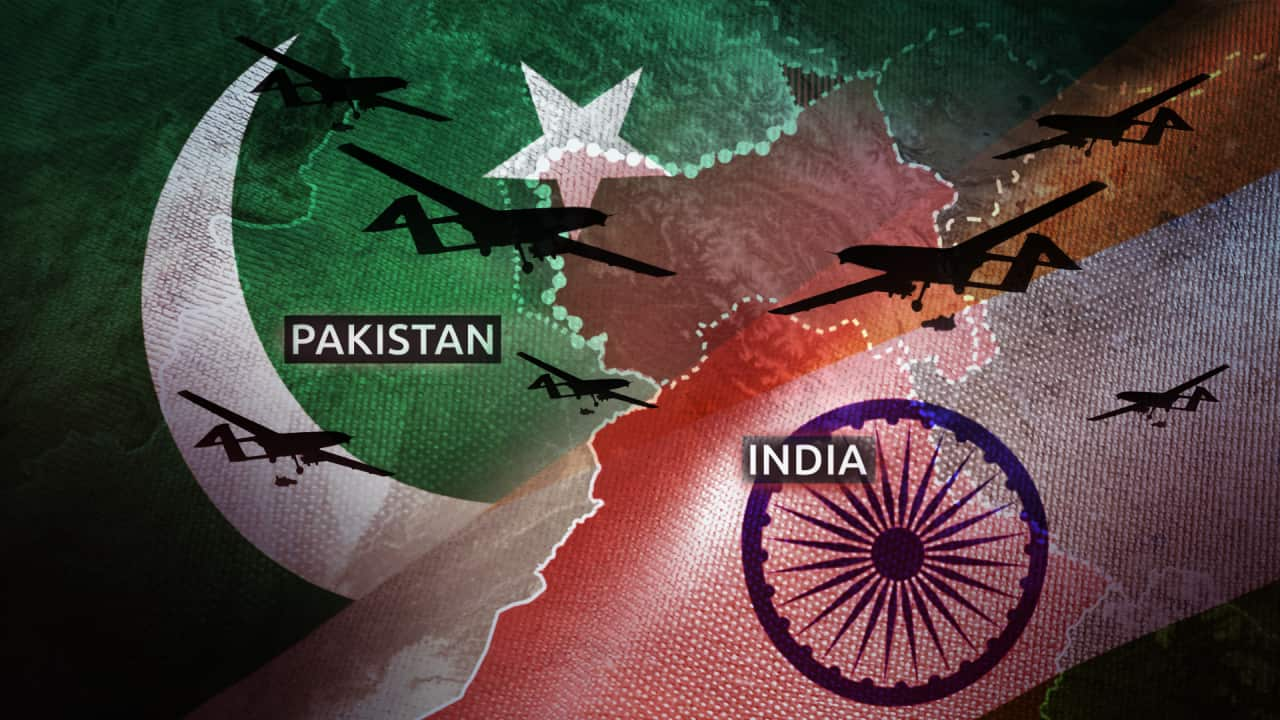India and Pakistan became two sovereign nations in 1947 after they gained independence from British colonial rule. From the start, there has been conflict between the countries, particularly regarding their respective claims on the region known as Kashmir.
A Brief History of the First War: 1947-1948
The basis for this conflict was the Kashmir region. After gaining independence, the Maharaja of Kashmir chose to join India, but Pakistan disputed his decision. Before a political resolution was in the works, fighting in Kashmir broke out when armed groups from Pakistan entered Kashmir. This prompted India to defend the region with its military. The war ended in 1948 when the United Nations ordered both sides need to cease fighting.

The Second War: 1965
The second war between India and Pakistan took place in 1965, this time once again over Kashmir. In 1965, Pakistan began an operation that was dubbed Operation Gibraltar. The two countries fought extensively, with the regular armed forces employing tanks, planes, and soldiers. After extensive fighting and many lives lost, the two countries declared a ceasefire in September 1965. India and Pakistan eventually signed the Tashkent Agreement to restore peace. M M. Alam of Pakistan was declared the hero of this war as he downed 5 Indian jets in less than a minute.
The Third War: 1971 – Birth of Bangladesh
The people of East Pakistan were denied basic rights which made them ultimately strive for freedom from Pakistan. India supported freedom in East Pakistan, as hundreds of thousands of refugees were crossing into India to escape the violence that was occurring. After India supported the movement in East Pakistan for freedom, in December 1971, Pakistan attacked Indian airbases, resulting in war. In only thirteen days, a new country called Bangladesh was formed. This was a very short conflict and became one of the shortest wars in history.
kargil: 1999
Pakistan’s military and Kashmir extremists captured key areas on the Indian side of the border dividing them (the line of control or LoC). This resulted in a counteroffensive by India.
The Kargil war (as it came to be called) lasted about three months, resulted in more than 500 Indian soldiers and nearly 400 Pakistani soldiers dead, and ended with India successfully forcing the Pakistani fighters back across the LoC.
While Pakistan termed the operation as Operation Badr, India referred to its offensive as Operation Vijay.
War 2025:
In April 2025, a deadly terrorist attack in Pahalgam burst open the old wound of Indo-Pak bilateral relations and left twenty-seven civilians dead. On May 7, India launched Operation Sindoor and struck militant camps and civilian areas inside Pakistan leaving several dead including a 7-year-old child. In retaliation, Pakistan launched Operation “Bunyan ul Marsoos”, which raised fears of a broader confrontation between the two nuclear powers. India and Pakistan negotiated a ceasefire on May 10. Although, repeated violations revealed the fragile nature of peace and the deep-rooted insecurity in their relations.

Why Peace Is Better Than War
War can cause tremendous pain, suffering, and loss on both sides. People on both sides, including in India and Pakistan, want peace, not war. People in Pakistan and India cooperatively have a lot in common in terms of culture, food, music, and language. Instead of fighting wars, both countries could work together cooperatively and resolve their problems peacefully.
Read more: Tears in Art: Things on Palestine’s Walls That Stir the Soul
Conclusion: Learning from the Past
The Indo-Pak wars have taught us that war has. destructive nature and that peace leads to development. Although both countries experienced a past filled with conflict, they can shape a different future by prioritizing cooperation over conflict. The young generations must learn from history, respect each other, and wish for a peaceful future.



Leave a Reply